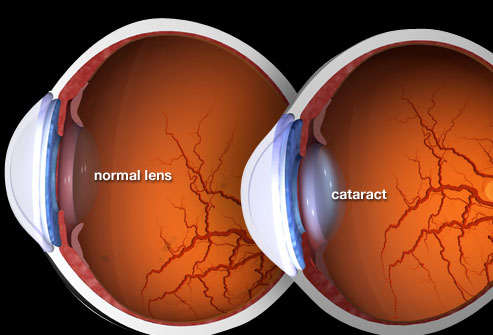
Mon - Friday 10:00am-8:00pm
Sunday - Only on prior Appointments


Sunday - Only on prior Appointments


A cataract is a clouding of the eye’s natural lens, which lies behind the iris and the pupil. Cataract can be classified into,

Trifocal lenses work by bending the light entering the eye from near, intermediate and far distances, and focusing this light onto a single focal point on your retina. This enables you to focus on objects at different distances simultaneously, providing near, intermediate and distant vision through one lens. These modern IOL types reduce, or may eliminate, the need for glasses or contact lenses. Just like prescription glasses, your IOL will also be adjusted to your individual needs to give you the best vision possible.


Trifocal lenses work by bending the light entering the eye from near, intermediate and far distances, and focusing this light onto a single focal point on your retina. This enables you to focus on objects at different distances simultaneously, providing near, intermediate and distant vision through one lens. These modern IOL types reduce, or may eliminate, the need for glasses or contact lenses. Just like prescription glasses, your IOL will also be adjusted to your individual needs to give you the best vision possible.

Unlike monofocal and bifocal lenses, trifocal lenses also provide comfortable intermediate vision, which is important for various daily activities, such as computer work.
With trifocal lenses, you can perform a range of activities in everyday life without glasses. This includes daily tasks such as:

The biggest advantage of trifocal intraocular lenses is the possibility to see clearly at all distances without glasses. As a result, you may no longer need to wear glasses when pursuing your daily activities.
Trifocal IOLs allow for the treatment of pre-existing vision disorders, such as myopia or hyperopia. With a toric version of the trifocal lens, pre-existing astigmatism can be corrected as well. Trifocal intraocular lenses are also effective for treating age-related vision changes such as presbyopia, which affects nearly everyone after the age of 40. When you treat your cataract with a trifocal IOL you can take care of your presbyopia at the same time.
In short, ideal candidates for trifocal lenses are patients who would like to be completely independent from glasses or contact lenses.


Comprehensive Eye Examination
Cataract
Cornea & Refractive Services
Glaucoma Services
Vitreo-Retinal & UVEA
Pediatric Ophthalmology
Squint
Orbit & Oculoplasty